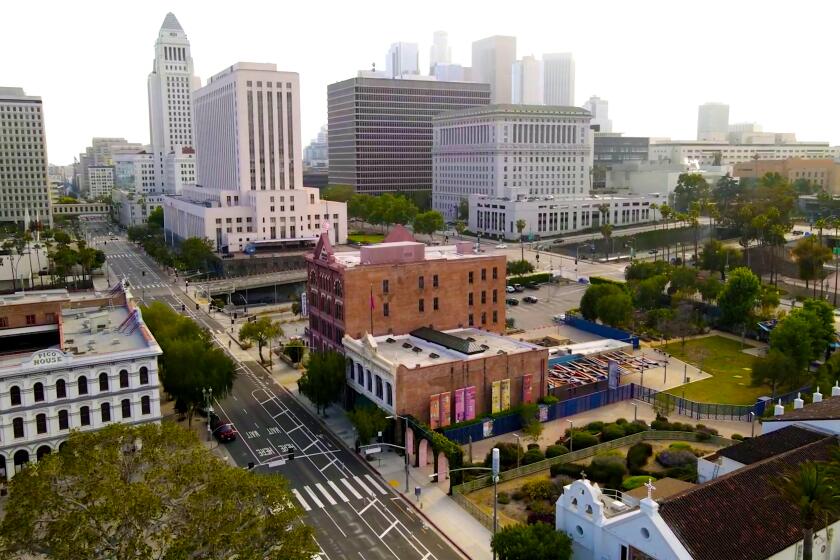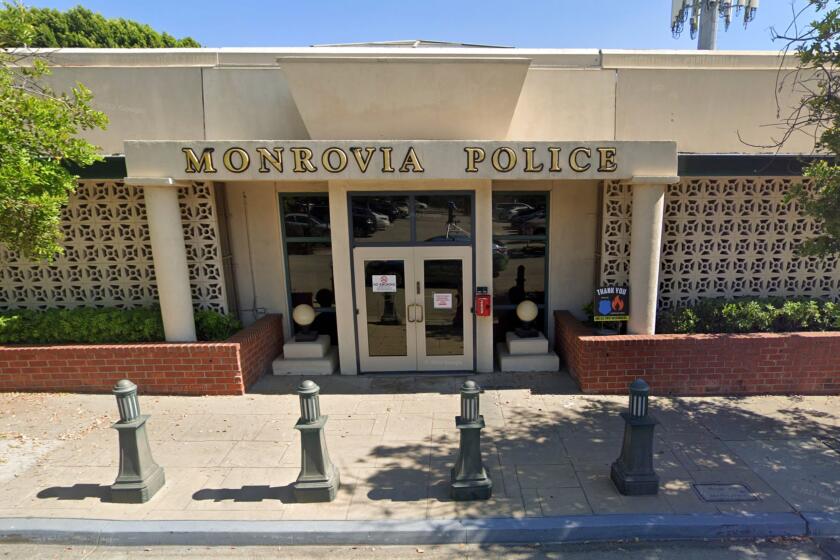Natives Deserve Credit as Earliest Settlers
To the real discoverer of the San Fernando Valley, there is no monument, no portrait.
Whoever it was, his or her identity will never be known. It must have been one, or a group, of indigenous people, who may have been just passing through many centuries ago.
What is known is that these nativeshad made the Valley their permanent home for thousands of years before Father Juan Crespi rode through with the first Spanish explorers in 1769, describing the residents of a village at what is now Ventura and Balboa boulevards as “very friendly, tractable Heathens.”
There were then about 3,500 to 5,000 indigenous people in the Valley area, archeologists estimate. The majority were Tongva, a branch of the Shoshone, who some archeologists believe began arriving about AD 1150 in the Valley, an area they called Achois Comihabit. In the hills to the west and south were speakers of another language, the Chumash, a coastal people moving inland.
For many centuries the two groups got along, sometimes socialized and apparently intermarried.
They lived in simple brush huts and wore little clothing, adding deer or rabbit skin garments only in cold weather. They hunted, but their dietary staple was crushed acorn meal from the area’s abundant oaks.
Incorporated into the mission system by the Spanish padres, the Tongva became Fernandenos and Gabrielenos, taking their identity from their mission churches. By 1850, the Valley’s Native American population had dwindled to 100,000, by census count, and by 1900 it was down to 15,000 (though rebounding to 236,000 by 1990).
They left behind rock paintings in the hills and skeletal remains that are sometimes unearthed by construction projects, along with arrowheads and other artifacts.
Their language lives on, however, in many local place names, often identifiable for ending in an anglicized version of the Chumash “gna” for place-- including Tujunga, “place of big thunder,” Topanga, “place where the mountains run down to the sea,” and Cahuenga, “place in the mountains.”
More to Read
Start your day right
Sign up for Essential California for news, features and recommendations from the L.A. Times and beyond in your inbox six days a week.
You may occasionally receive promotional content from the Los Angeles Times.






